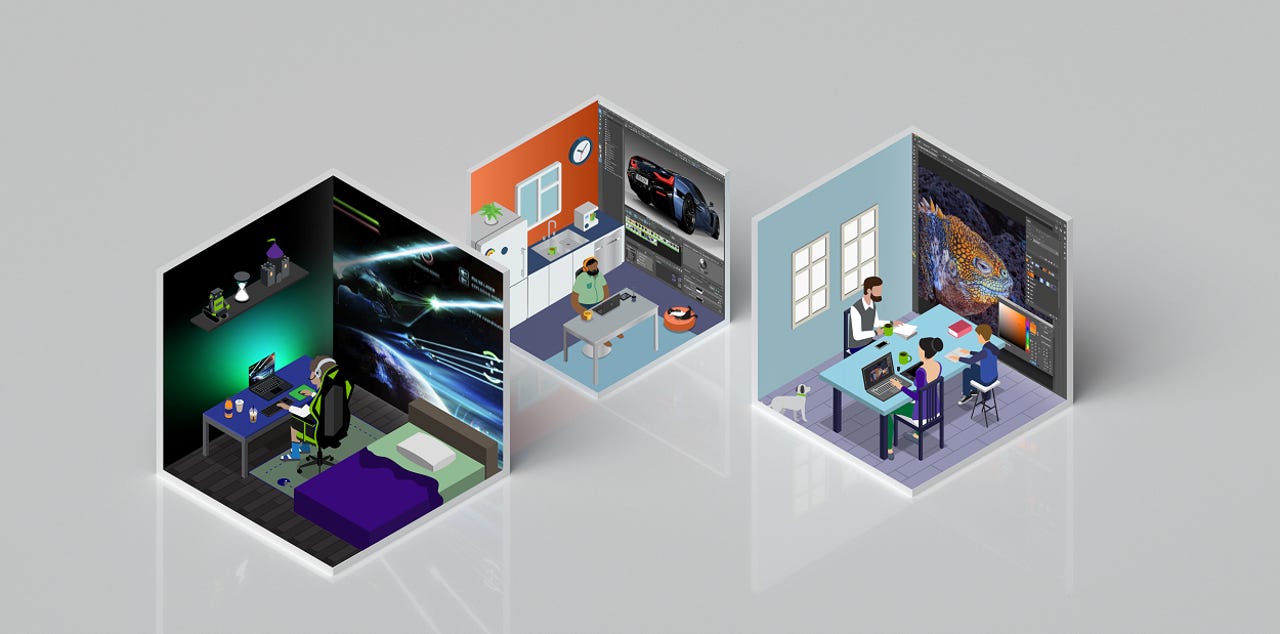Nvidia expands virtual GPU support, enabling more remote work


Nvidia on Tuesday unveiled the latest version of its virtual GPU software, as well as new virtualization partners, which should help a growing number of professionals trying to work remotely. With updates to help end users as well as IT administrators, the enhanced software could help organizations remotely leverage virtual reality or collaborate on computer-aided design, among other things.
The latest vGPU release is notably important for VR applications, which historically have been difficult to virtualize, Nvidia's Anne Hecht told ZDNet. The updated software adds 120Hz VSync support at resolutions up to 4K, enabling a smoother user experience on CloudXR, Nvidia's platform for streaming VR and VR over wi-fi or 5G. This should enable greater use of VR in areas like product design and architecture or immersive training, Nvidia said. The update comes as Nvidia partners like VMware and Ericsson are building out VR applications for 5G networks.
The latest vGPU version should also enable more collaboration in areas like computer-aided design, which can require the real-time photorealistic rendering of models. Specifically, it should improve the experience on Nvidia's recently-released Omniverse AEC Experience, which is designed for professionals in architecture, engineering and construction.
"We want to make sure customers working from home, who are used to having this amazing [collaboration] experience, get the same thing at home and can collaborate in real time," Hecht said.
The ongoing COVID-19 pandemic has driven a range of customers to seek out options for GPU virtualization, Nvidia says. "In the last three or four months, there's been a huge interest in this technology because it enables people to get up and running within minutes," Hecht said. One major retailer quickly moved from a proof-of-concept vGPU trial to full deployment due to the pandemic, she said, while the technology has also gained interest in the manufacturing and auto sectors. There's also interest from knowledge workers looking to deploy GPU-accelerated virtual desktops.
Nvidia is also adding new features in vGPU for enterprise IT admins and cloud service providers, such as cross-branch support, where the host and guest vGPU software can be on different versions. This should make it easier to perform upgrades and large deployments.
Nvidia has also expanded hypervisor support by partnering with SUSE on its Linux Enterprise Server. This will enable GPU virtualization for AI and data science workloads, expanding hypervisor platform options for enterprises and cloud service providers that need to support GPUs.